#5 Common components of a PLC unit
About Programmable Logic Controllers (PLC)
A programmable controller (PLC) has a microprocessor and controls devices through custom user programs. A PLC receives signals from input devices and makes decisions based on custom programs to control output devices.
PLC plays a vital role in various industries due to the ease of controlling different units in an industry with a simple programming logic control. A programmable logic controller is first programmed as per the desired operations and after programming it is attached to an industrial unit. The controlling nature of a PLC is varied from different models of PLC. It can include simple push buttons as well as dedicated automatic switches. The PLC can be used to control a single appliance in a huge industrial plant automatically. Different sets of instructions are provided to a PLC unit and as per the provided set of instructions the PLC functions. The use of PLC is increased due to various programming techniques used to program a PLC. Each programming technique has its own benefits and drawbacks. Each PLC comes with its own software which is used to program a PLC. PLC provides ease of programming, ease of wiring, ease of changing, and ease of installation. Different sizes and ranges of PLC are available in the market but there are some common components in PLC that are used in most of the PLC units.
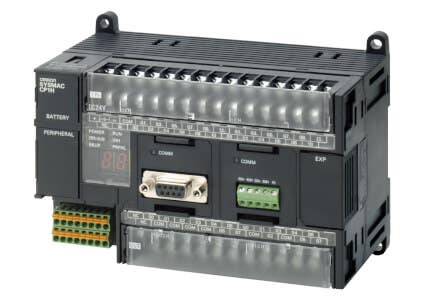

The Common Components of the Programmable Controller (PLC) Unit Are
Processor:
The processor is also called the CPU which means central processing unit. It is the most important component of a PLC. Similarly, the processor is the core component of a PC. Without a processor, a PLC cannot perform its action. If the processor of the PLC stops working, then the PLC is of no use anymore. Different techniques are used to fully utilize a PLC processor. If the processor of the PLC remains idle then the efficiency of the PLC is compromised which is not bearable in large industries. Different PLCs come with different processor. The type of processor varies from device to device. If the PLC is being used at a big scale then a PLC with a big processor is used and if the processor is being used at a small domestic level or in a small processing unit then a PLC with a small processor is purchased. The CPU or the processor of the PLC is used to determine the different aspects of a PLC like memory available, different programming functions available, processing speed, and the size of the application logic available. Understanding a processor is a difficult task, however, the working algorithms and the topologies of a processor can be mastered to use it efficiently.
Rack/Mounting:
A PLC unit is formed by combining a number of components. Sometimes two or more components are combined together to form a working block. All the components used to form a block need to be attached to each other as per the designed mechanism. A rack is used to assemble different components of a PLC in one place. The racks of a PLC are also called housing as it provide space for different components of a PLC. In smaller PLCs, if there is only one component then it is also called a brick or a shoebox. The rack of the PLC is designed carefully as it handles the different components of PLC. The rack should be strong enough to hold various bricks of a PLC.
Input Assembly:
Input assembly is used to transmit the input signals from the processor of the PLC to the controller of the PLC. Input assembly includes various switches, operator inputs, and pressure sensors. This assembly can be termed as the senses of the PLC which is used to sense different inputs. Different kinds of inputs can be provided to the PLC as per the programming of the PLC. The input of the PLC can be also divided into analog and digital categories. Each category is handled by its own specific class.
Output Assembly:
Output assembly is used to transmit the executed data from the PLC to the outside world. The outside world can be any application of the PLC. This assembly is called the actuator of the PLC. Outputs from the PLC are received in different forms at the receiving end. The output can be also of analog or digital type depending upon the input type.
Power Supply:
A power supply is used to provide the essential power to the PLC. Different kinds of power supplies are used in different PLCs. The power supply provides enough current to PLC in order to operate different components of the PLC. The different power supplies used in the PLC range from 24V DC to 120V AC.
Programming Device/Unit:
The programming device of the unit is the device that is used to program a PLC. Each PLC comes with its own programming software and code. The programmer programs the PLC with the help of the programming unit. The different logic for the PLC is made by the programmer and then implemented in different units. The PLCs are programmed using personal computers or laptops with the help of provided software for the programming.
Types of Programmable Controllers (PLCs)
I/O capacity of up to 2,560 points
CJ2H Series - Program capacity of 400k steps
CJ2M Series - Program capacity of 60K steps
I/O capacity of up to 320 points
CP1H Series - Program capacity of 20K steps
I/O capacity of up to 180 points
CP1L Series - Program capacity of 10K steps
CP1E Series - N Type - Program capacity of 8K steps & E Type - Program capacity of 2K steps
I/O capacity of up to 5,120 points
CS1D Series - Online replacement of duplex Units
Free ebook - Introduction Guide to Programmable Logical Controller

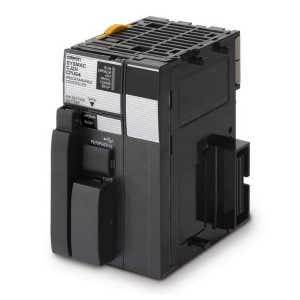
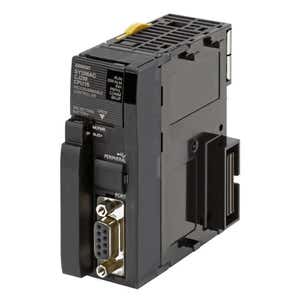
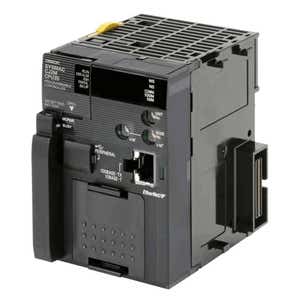
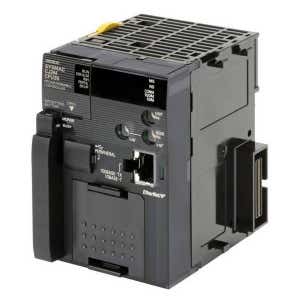
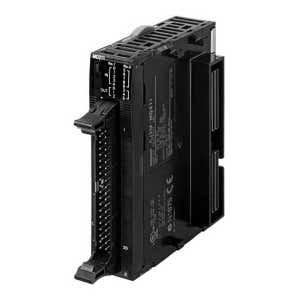





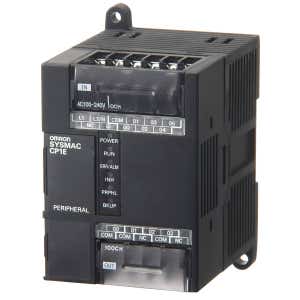

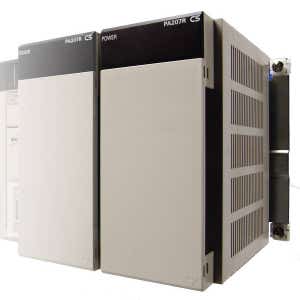

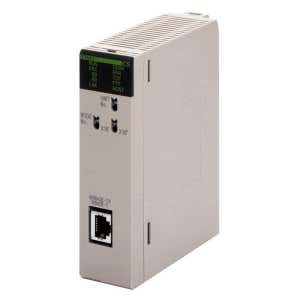
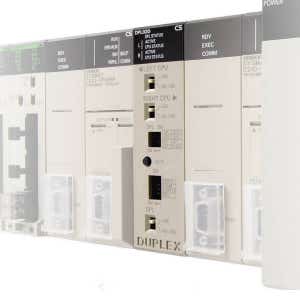
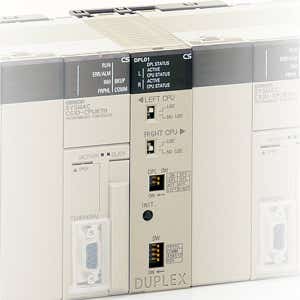
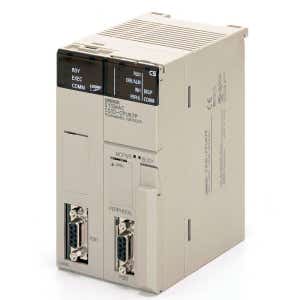

Share this article on social media